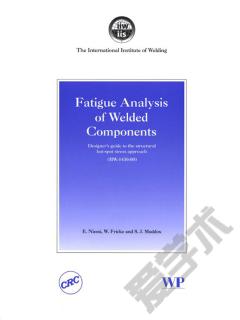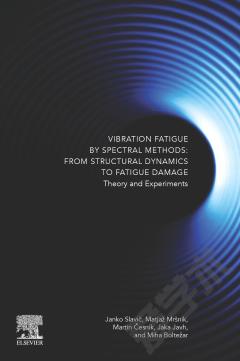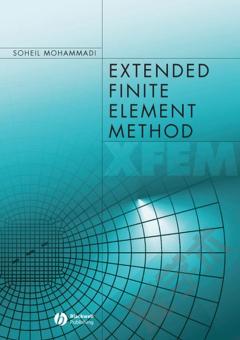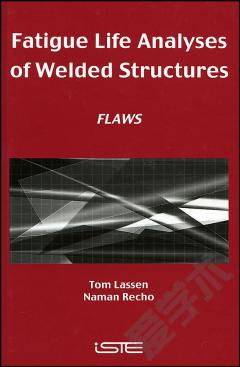Fatigue Analysis of Welded Components —— Designer鈥檚 Guide to the Structural Hot-Spot Stress Approach
----- 焊接件的疲劳分析:设计人员用热点应力方法指南
This report provides background and guidance on the use of the structural hot spot stress approach to the fatigue design of welded components and structures. It complements the IIW recommendations for 'Fatigue Design of Welded Joints and Components' and extends the information provided in the IIW recommendations on 'Stress Determination for Fatigue Analysis of Welded Components'. This approach is applicable to cases of potential fatigue cracking from the weld toe. It has been in use for many years in the context of tubular joints. The present report concentrates on its extension to structures fabricated from plates and non-tubular sections.Following an explanation of the structural hot spot stress, its definition and its relevance to fatigue, the authors describe methods for its determination. Stress determination from both finite element analysis and strain gauge measurements is considered. Parametric formulae for calculating stress increases due to misalignment and structural discontinuities are also presented. Special attention is paid to the use of finite element stress analysis and guidance is given on the choice of element type and size for use with either solid or shell elements. Design S-N curves for use with the structural hot spot stress are presented for a range of weld details. Finally, practical application of the recommendations is illustrated in two case studies involving the fatigue assessment of welded structures using the structural hot spot stress approach. Provides practical guidance on the application of the structural hot-spot stress approachDiscusses stress determination from both finite element analysis and strain gauge measurementsPractical application of the recommendations is illustrated in two case studies
{{comment.content}}








 京公网安备 11010802027623号
京公网安备 11010802027623号